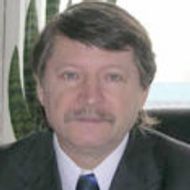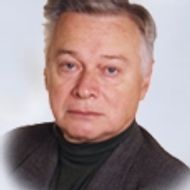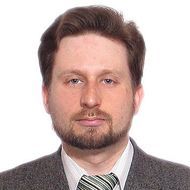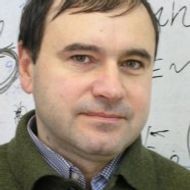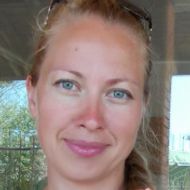- A
- A
- A
- ABC
- ABC
- ABC
- А
- А
- А
- А
- А
-
The School
-
Divisions
-
Educational Programs
- Bachelor’s programmes
- Master’s programmes
- Electives
The School of Electronic Engineering was created in 2015. Our research activity focuses on finding most effective engineering solutions in the field of electronics and nanoelectronics, condensed matter physics, information and communication devices and communication systems, intelligent control of technical systems. We implement the following educational programmes:
‘Infocommunication technologies and communication systems’, ‘Information Security’ (BS),
‘Applied Electronics and Photonics, ‘Internet of Things and Cyber-physical Systems’, ‘Information Security of Cyber-physical Systems’, ‘Cybersecurity’ (MS).
Information Security
Digital Technologies and Telecommunications
United States of America: IEEE, 2025.
Seidov S., Pugach N., Sidorenko A.
Beilstein Journal of Nanotechnology. 2025. P. 1668-1676.
Mazen Makhlouf, Elezov M., Ozhegov R. et al.
In bk.: Proceedings of the 2025 7th International Youth Conference on Radio Electronics, Electrical and Power Engineering (REEPE). United States of America: IEEE, 2025. P. 1-5.
Petrovanov I., Sergeev A.
arxiv.org. Computer Science. Cornell University, 2025. No. 2512.18332 .
About the School
The School of Electronic Engineering was founded in 2015 after departments of the MIEM Faculty of Electronics and Telecommunication were merged with the Department of Physics and Department of Physical Chemistry and Ecology. The merger was based on these departments’ close subject areas and similar applied research methods aimed at finding the most effective engineering solutions in electronics and nanoelectronics, condensed matter physics, ICT devices and systems, and intelligent control of technology systems.
The School’s head is Professor Boris Lvov, Doctor of Technical Sciences, winner of the State USSR Award in Science and Technology, and winner of the Russian President’s Award in Education. A solid team of instructors works at the School, including 75 professors and associate professors, two winners of the State USSR Award in Science and Technology, three winners of the Russian President’s Award in Education, six winners of the Russian Government Award in Education, and nine winners of the Russian Government Award in Science and Technology.
The School includes ten teaching laboratories and five joint departments:
- Rocket and Space Corporation Energia- Research Institute of Communication and Control Systems (NIISSU)
- All-Russian Research Institute for Optical and Physical Measurements
- Scontel
- Engineering and Marketing Center of Vega Corporation
The School operates in the new HSE MIEM building with cutting-edge infrastructure, including a modern data processing centre, a local computer network with at least 1 Gbps capacity, computer classes equipped with high-performance computers with licensed software, 100% free WiFi coverage, and classes with modern projection, multimedia and video conference equipment.
The School has a long history of close cooperation with leading companies and organizations of Rostec Corporation, Roscosmos, and Rosatom, as well as with research institutes of the Russian Academy of Sciences.
- About
- About
- Key Figures & Facts
- Sustainability at HSE University
- Faculties & Departments
- International Partnerships
- Faculty & Staff
- HSE Buildings
- HSE University for Persons with Disabilities
- Public Enquiries
- Studies
- Admissions
- Programme Catalogue
- Undergraduate
- Graduate
- Exchange Programmes
- Summer Schools
- Semester in Moscow
- Business Internship
- © HSE University 1993–2026 Contacts Copyright Privacy Policy Site Map
- Edit
